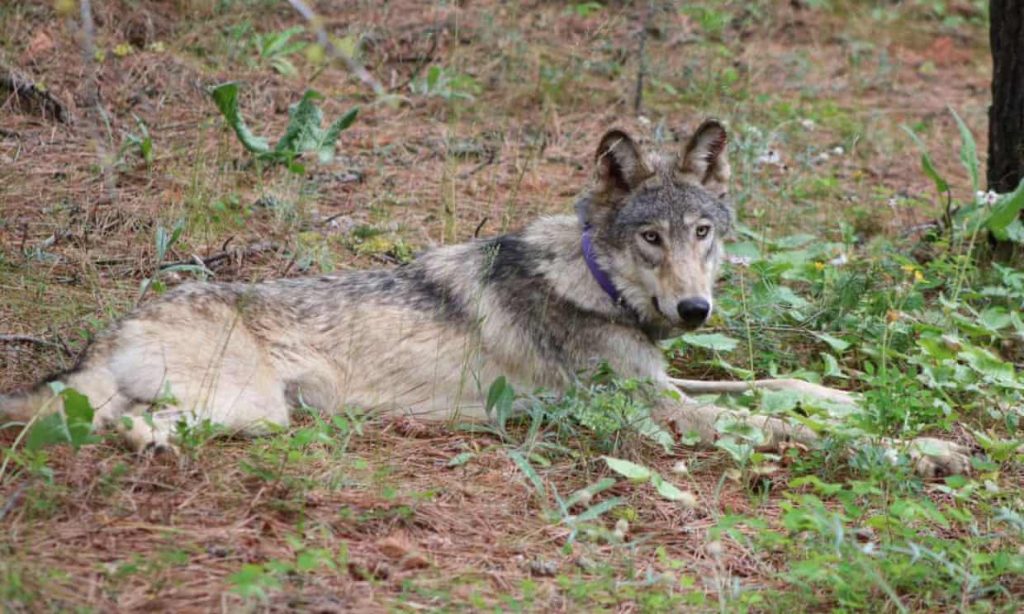Wolves were exterminated very effectively across much of North America. When so called native Americans arrived probably as much as 15000 years ago, they quickly learnt to live alongside wolves. Sure, occasionally one would be killed, but generally they were left alone. Not so for the European settlers; as they had done before in Europe, wolves were hunted mercilessly. So when we started to worry about conservation of these species in the last 50 or so years there were few left. Even in places like Yellowstone they were eradicated.

However, having been reintroduced to Yellowstone back in the 90s, they have thrived. Vast ecosystems that had suffered as a result of their absence suddenly leapt back into balance.
However, quite reasonably, Yellowstone cannot support huge numbers of wolves, and so within a short time they started leaving the safety of the park and resettling former haunts. They quickly spread through the rocky mountains, and in recent years have started crossing over into California.
This population is reasonably stable, at around 750 (though legal hunting had reduced the population from over 1000 last year). However, natural wolf behaviour means that the population spreads quite fast. When wolves are old enough, they are kicked out of their home pack and will roam large distances. It is not hard for a wolf to travel several hundred miles in a 24 hour period.
He seems to have settled in the region just north of LA, until his unfortunate demise. It is of course worth noting that the area he died in, has many large busy roads and as such this end was not a big surprise.
What is clear is that regardless of what Californian politicians decide, short of a very large and very expensive (and very foolish) hunt, wolves are going to resettle all parts of California over the next few decades. This is as it should be – they are native and were there long before we were. More to the point, while individuals may suffer damage, the return of an apex predator can only be looked on as good, as it will allow the local ecosystem to balance more accurately – and this in turn will make it more resistant to damage from both humans and climate change.
